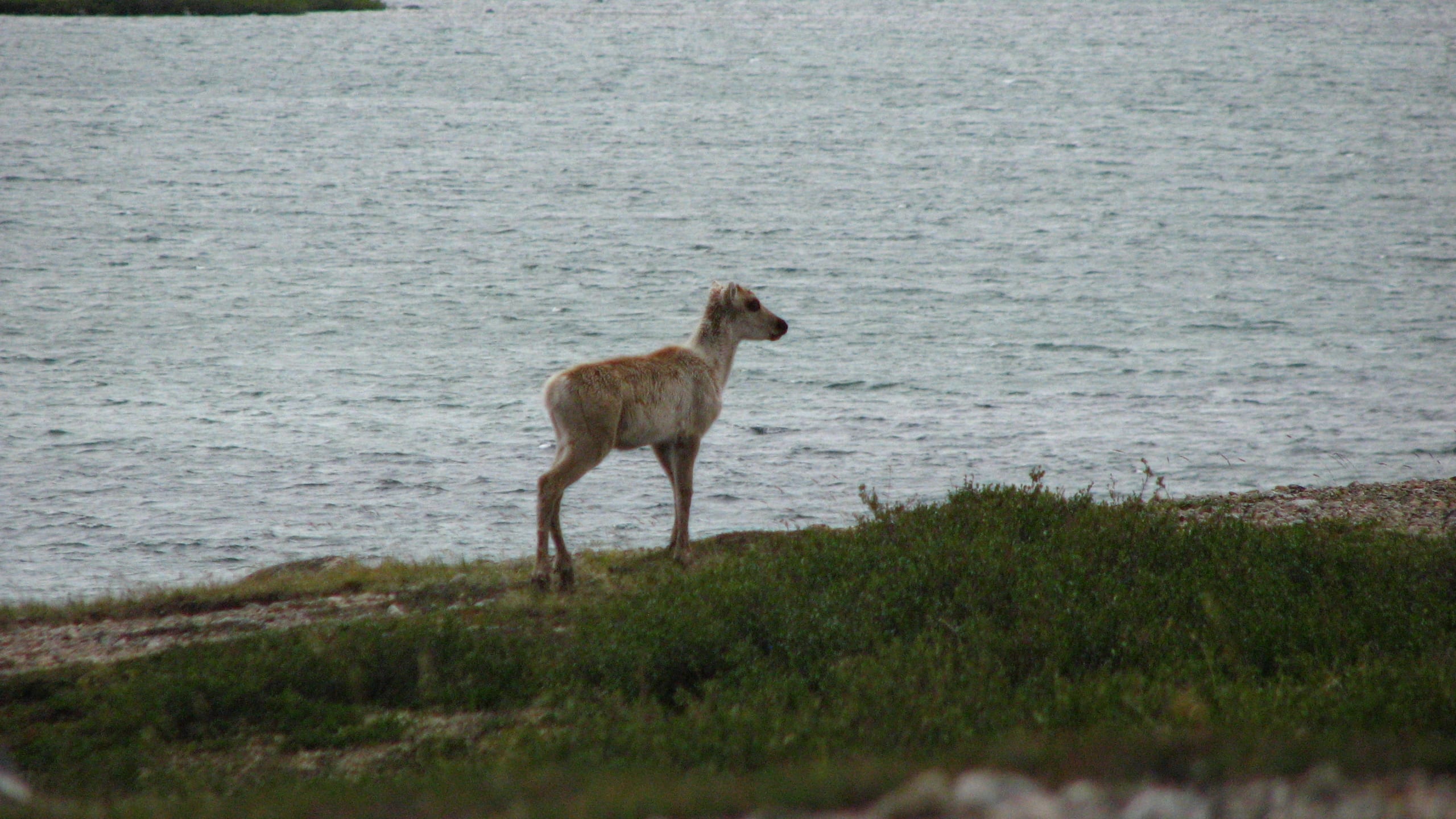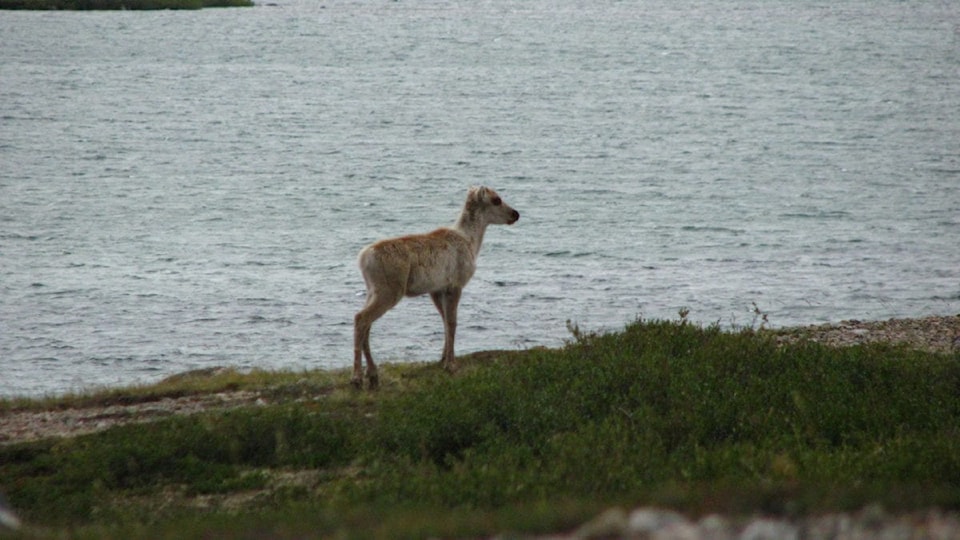Waning numbers of Bathurst Caribou have prompted Lutsel K'e Dene First Nation to take its own action to protect the herd.
The first nation has approved a moratorium on harvesting the herd, Chief Darryl Marlowe said on Feb. 4. He hopes the Nation’s Caribou Stewardship will help sustain the herd, betting that the population can rebound and return to a healthy level.
“It’s something, we feel as a community, that we can’t sit back and let this happen,” said Marlowe. “As Lutsel K'e Dene, we do call ourselves the Caribou People, we lived amongst the caribou for thousands of years. Our way of life is we depend on caribou.”

Photo Courtesy of the Northwest Territories Government
The Bathurst herd has declined by 96 per cent since the 1980s.
The stewardship plan has been under development for roughly a year and half, he said, taking contributions from community meetings called Caribou Talks that collected residents’ beliefs, values and stories.
In addition to the moratorium, it covers harvest policy and aims to teach youth respect of the animal — “a very powerful teaching when it comes to respecting the land the water and the animals. It’s the youth that will be carry that message on,” said Marlowe.
Its release follows another plan: a partnership between the Tlicho government and the Northwest Territories government that lasts five years and aims to protect both the Bathurst and Bluenose-East caribou herds.
A large part of that plan is culling the wolves preying on both herds.
On average, a single wolf can eat 23 to 29 caribou a year, according to Environment and Natural Resources. Further, of the 56 animals killed under the Enhanced North Slave Wolf Harvest Incentive Program, 95 per cent of wolves had caribou in their stomach contents.
The joint plan consequently aimed to eliminate 200 of the predators preying on the Bathurst herd.
Marlowe said he respects the Tlicho government and thinks its partnership with the Northwest Territories government is a model that could be emulated across the territory.
Eventually combining other caribou plans could create an integrated plan across the NWT.
Wolves, meanwhile, have an important impact on the population, he said, but he also pointed to over-hunting as a challenge.
He’s “very concerned” about the traffic on the ice roads toward the diamond mines. He supports the industry’s daily operations, he said; that’s why it's there in the first place.
Rather, he’s more concerned that the road has become something of a public thoroughfare for hunters with trucks and flatbed trailers capable of carrying several caribou.
“It’s easy. You can go out there in your truck and go hunting,” said Marlowe.
“We had monitors last year that witnessed ... just total disrespecting. Disrespecting the caribou,” he continued. “People were out there just slaughtering, just shooting the caribou by the hundreds. That’s something we think is contributing to the low numbers of caribou.”
Last year, he said, there was an instance of 15 trucks waiting on the ice road, each carrying roughly 20 to 30 caribou. A reasonable amount hunting to feed a family, Marlowe said, with a snowmobile or toboggan, would be four or five, six at the most.
He hopes to limit the amount of hunting traffic on the ice road, and encouraged hunters to use their snowmobiles instead.
“I would like to see my children and their children to live and strive off the caribou for thousands of years to come. That’s just our way of life and our identity as Dene people.”
